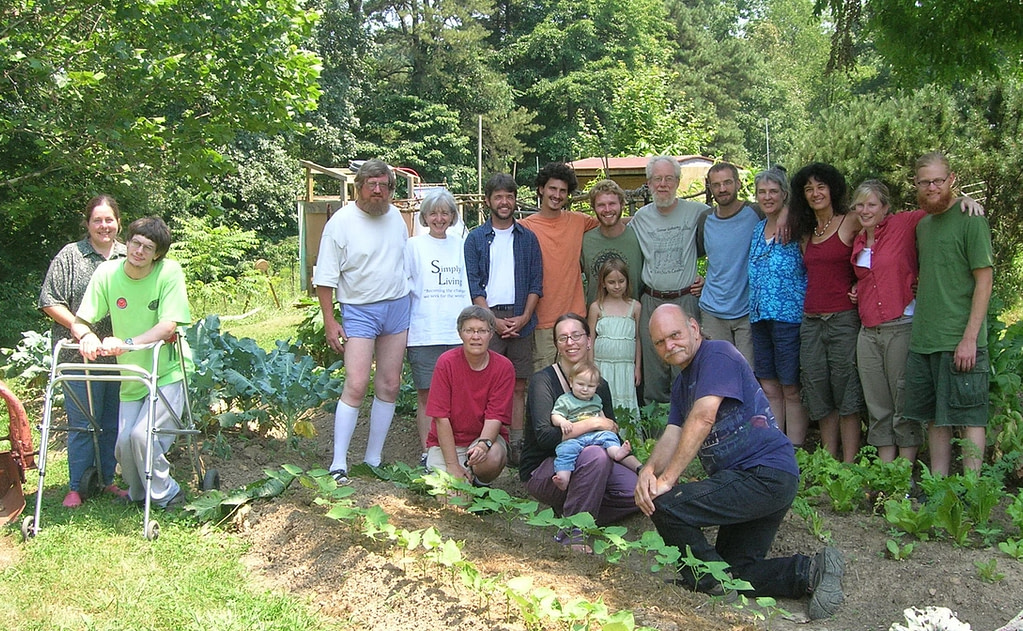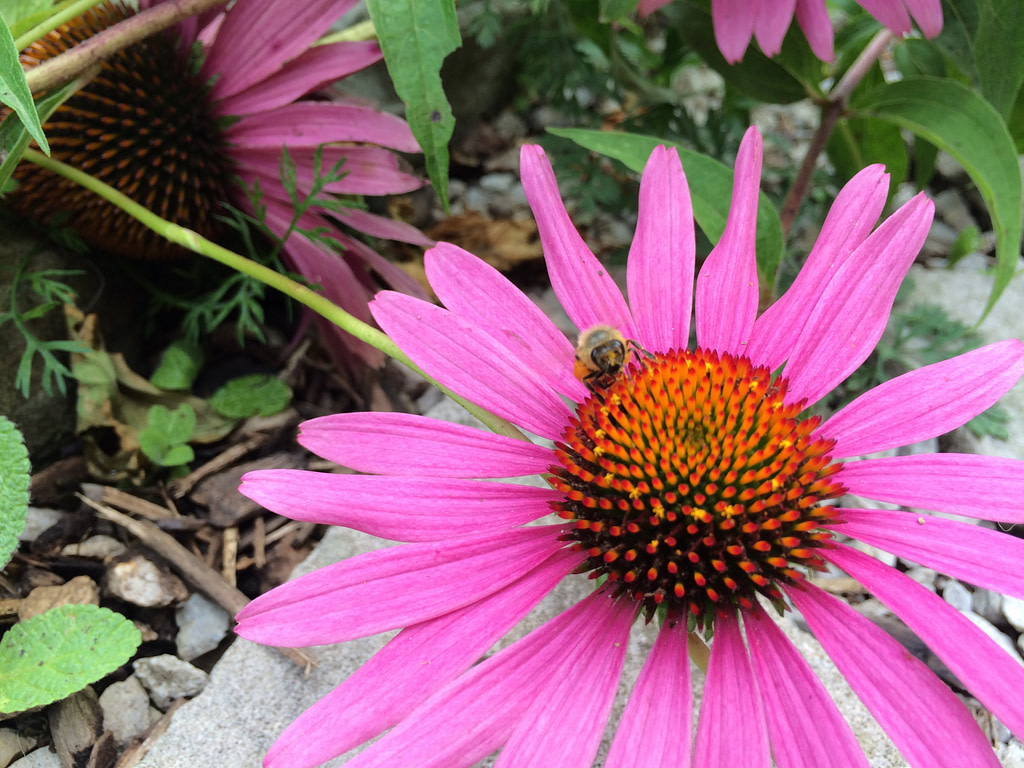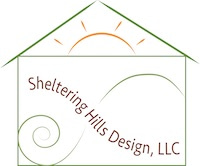This post is likely to change over time…just as our understanding of how permaculture fits in the world changes over time.
It is often said there are as many definitions of permaculture as there are practitioners. One of the permaculture elders documented dozens of definitions many years ago. Just the same, everyone comes to study permaculture for different reasons.

Here are some of the things Rhonda has seen and recognized after teaching the design course for more than fifteen years:
Permaculture designers and educators have curated some of the best strategies, tools, and techniques to support anyone in the work of Earth Repair. Because permaculture designers work from an integrated, systems approach, the capacity to come up with elegant, efficient solutions have been noted by leaders in Earth Repair projects (including the Ecosystem Restoration Camps). By extension, permaculture projects can build resilience into communities and regions. This might be an extension of #4 if we agree that earth repair is a global need. At the same time, there have been incredible inspirations and connections on a community-level through permaculture-inspired movements like Transition Towns, and similar efforts.
Permaculture helps people do their own work. Whether you are looking to start a farm, want to improve your veggies, or start a neighborhood project…permaculture design helps people make significant progress in their goals for living a more resilient life. Most students conclude it is one of the best investments of their time and energy, and that they wish they’d taken the course earlier in their lives. (We’re working on how to work with children more, too!) Some of my best design clients also either took the course first, or after the design was in the implementation phase. The PDC is just the beginning.

Others who are passionate about solving problems and leaving the world a better place. The sense of community and the connection to others exploring the same territory is always valuable. The network of practitioners continues to grow around the world, and they can inspire each other to keep going and keep improving. (That’s part of the reason Rhonda loves editing Permaculture Design so much.)
Permaculture opens doors to the connections between many disciplines in a practical way. With permaculture, I found that I have license to dive into everything from policy to architecture to biology to physics to archeology and so much more. It can be overwhelming to adult learners to defy our society’s push toward specialization, but part of permaculture’s powerful paradigm shifts are facilitated by emphasizing the connections and perspectives gained by doing so. It also gave me space to talk about familial history, skills, and understanding in a way that honors the success and challenges of those who came before me while working to make life for those who come after a bit better.
Food. Water. Shelter. Energy. Mainstream society’s means of providing these basic needs to date have been incredibly damaging to the earth and to people. Our health, economic, and governance systems balance on the precipice of collapse because of this. Beyond this, people have real needs for belonging, participation, autonomy, and creativity which are ignored within the fast-paced, crushing nature of society. Permaculture seeks to meet the real needs (not all of the wants) in a way which brings us together.

The PDC facilitates understanding of the shifting dynamics of the world around us. When we pull one thread, sometimes unexpected things happen. When we build soil, plant trees, establish pollinator gardens, invite the neighbors to tea, or stop flying or driving as much there are also (hopefully) positive consequences. Permaculture can help us see these threads and learn to act in increasingly positive cycles.
Permaculture design complements other communities of learners and practitioners. Because permaculture design process incorporates analysis and strategies from many different sources, it is also allied with many different practices, groups, and disciplines. Nature Connection people, agroecology, agroforestry, Holistic Management, ecovillages, vegan and vegetarianism, sociocratic governance systems, and many other movements blend well with permaculture. What I find especially helpful to recognize, is that as long as the ethics are observed, permaculture is a design process–a problem-solving approach, which can unite people across many differences in action towards common aims. I find that hopeful.
